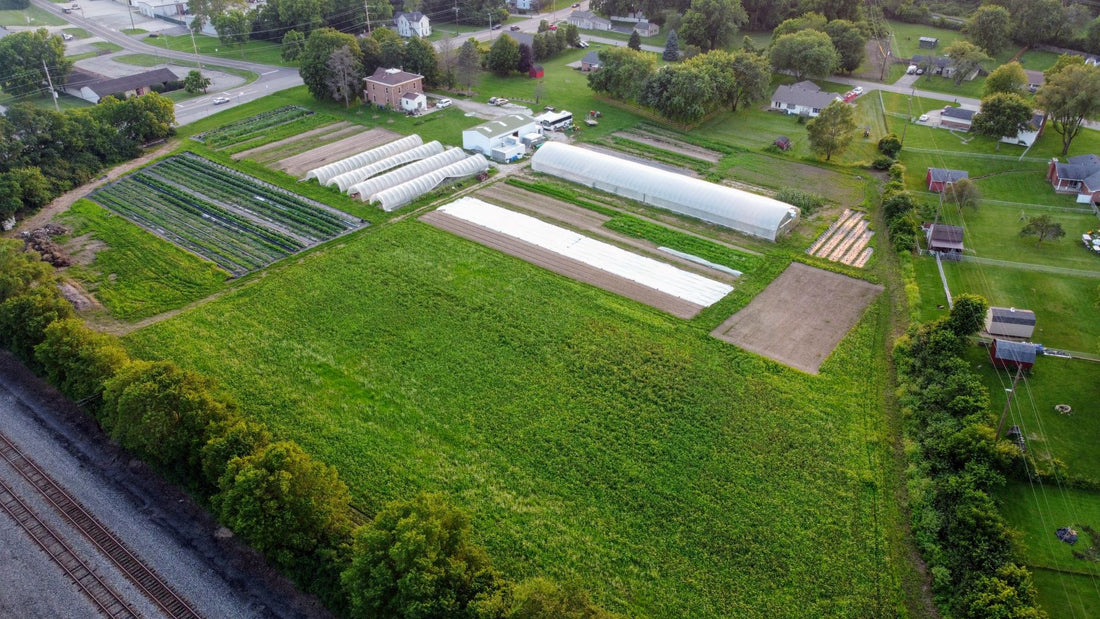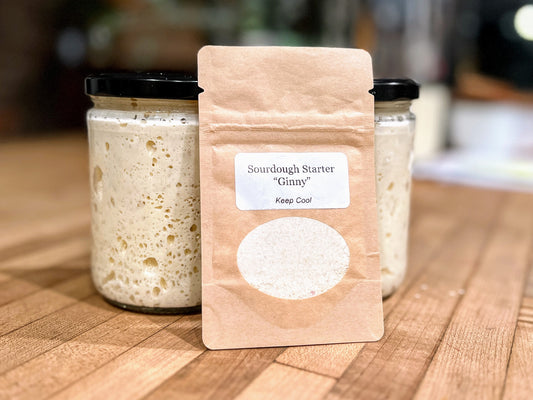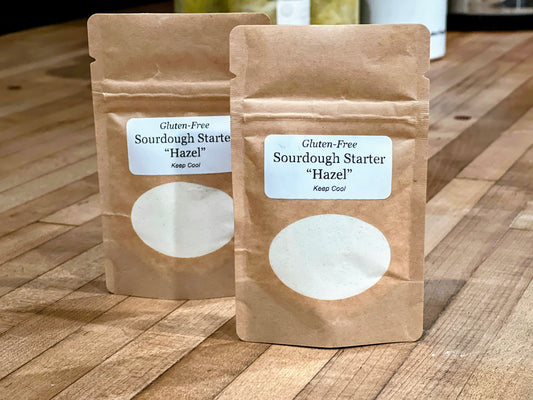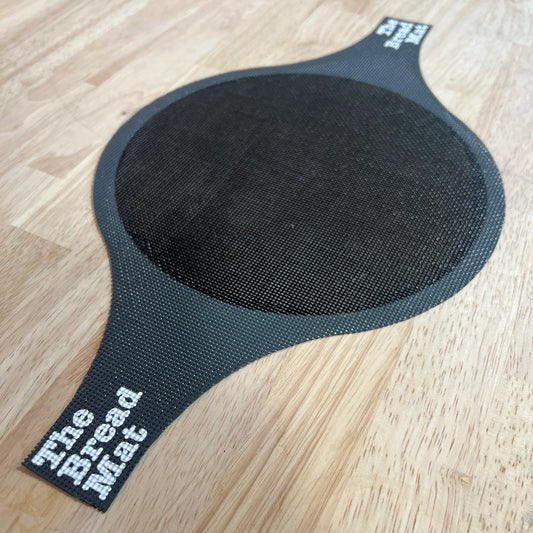As a young farmer, I thought I could grow crops anywhere.
So I started growing on land that was not well-suited for cultivation. We struggled with low soil fertility, steep slopes, and low-pressure wells that barely provided enough water.
(Technically I still succeeded…but it wasn’t easy 😅)
At the time, I didn’t have much of a choice. My parents owned the property, and I didn’t have the money to buy a piece of farmland for myself, so I made do with what I had.
But picking the right piece of property is frequently the most expensive, and biggest mistake that a farm can make.
So when my wife and I finally decided to start fresh with a new farm in Ohio, you can bet we put a lot of thinking into our farm property. In fact, we spent nearly two years searching for the ideal piece of land.
Today, the Farm on Central is a result of that very long, dedicated search.
If you are in the same stage of your farming journey, here is some of our best advice for choosing farmland!
#1: How do you know what acreage/size to look for?
The key to choosing the right size farm is knowing what you plan to do with it.
I know farmers, such as Ray Tyler from Rose Creek Farms, who farm on just an acre. Our farm fits in the 5-10 acre range, while many small farmers go for 10+.
Rather than make guesstimates as to what kind of acreage you’ll need, start making size projections and planning out your farm infrastructure. How many high tunnels will you have? How big? How many crops will you grow? Will you have animals? Barns?
The Type of farm you decide to have, and the enterprises you develop, are key to consider when you size your farm property.
You don’t need to start planning your farm layout, but you can begin calculating the amount of space you will need for each field or structure on your farm.
Tip: If you plan to scale in the future, make sure you factor in extra acreage for future expansion!
#2: What makes a ‘good location’?
Tornadoes, hurricanes, droughts, wildfires…is your potential farm going to be in danger of any of these natural disasters? If so, you might want to rethink where you are buying property! Especially if you are on a tight budget and don’t have an emergency fund yet, one bad storm can be enough to bankrupt your farm.
Your location can also dictate how you get customers. For example, my wife and I wanted to be plugged into the local community, so we didn’t buy land in the middle of rural Wyoming. We chose a piece of property that is in a developed area and along a main highway. It’s an ideal location for us, because we can attract local traffic to our farm store. Likewise, a good location for you is one that helps you run your farm more efficiently and profitably.
Tip: No matter what sales model you use for your farm, choose a location that will strategically place you near your customers.
#3: Do you have easy access?
If location is one side of the coin, accessibility is the other. Ideally, it should be easy to bring in large equipment and semis if needed. Frontage along a main road is a huge plus if you want to bring customers to your farm. Other factors you need to consider are topography, flood zones or low spots, or anything else that might obstruct your farm infrastructure.
Check your utility access as well (electric, internet, cell signal, etc.) It takes a lot of power to run a farm, and it will certainly cost you to run electric out to a remote lot.
Tip: If you ever plan to offer u-pick crops, make sure you can create a large parking area and make it easy for customers to visit your farm.
#4: How much water do you need?
Farming uses a LOT of water…more than you might realize if you’ve never owned a farm before! While on my first farm, we struggled with very low water pressure, and had to drill additional wells in order to scale the farm.
You don’t want to buy a piece of property that fits your needs perfectly…only to find out you’ll have to sink extra thousands of dollars into supplying water. So, when searching for land, figure out if you will need to drill a well. If so, you need to know how deep, how many, and what your flow rate is. Talk to locals and research the water flow rate and seasonal flow change for wells on the same aquifer. Test the water quality and make sure it is not contaminated. Here at the farm on central, while we have plenty of water, we also have high chlorides which play havoc with some of the crops we grow.
Tip: If possible, have your own water supply (well or surface water) rather than rely on city water. But if you have a small, urban farm it is often cheaper to use city water, so that may be a better option for you.
#5: What is the soil type?
You might think that soil should be #1 on this list…but that’s not the case. Soil, while definitely important, can be amended. You’re stuck with your location, but you’re not stuck with your soil type, because you can increase your soil fertility over time.
That being said, there are definitely soils you want to avoid! It’s hard to grow decent crops in sand, clay, or rocky soils. And while you can amend poor quality soils, it takes time…whereas you can start growing much faster if you have soil that is already fertile.
Tip: If the land has already been conventionally farmed or is depleted of nutrients, you can start building back soil health by growing no-till cover crops. Of course, always do a soil test before making any amendments.
Searching for farm property can be a long, stressful season of life. But it’s worth the wait to be extremely intentional in your search, and have high standards for what will one day become your farm. Make sure you really, really like what you’re buying!




